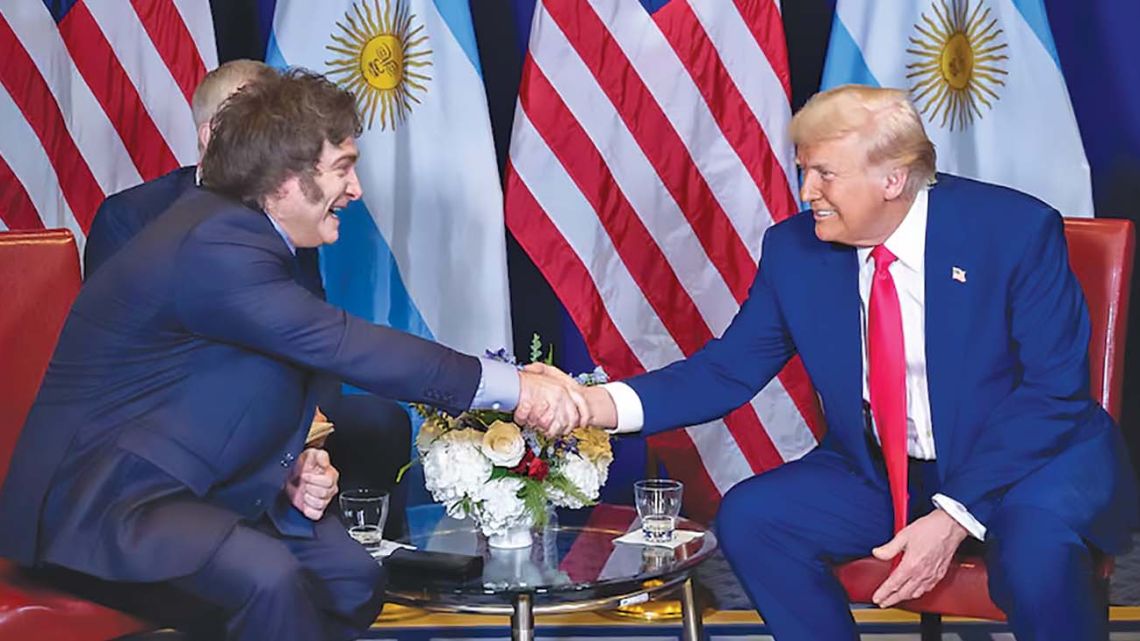Washington announced plans for a new tariff strategy on April 2, 2025, sending shockwaves through global markets. The Colombian Peso weakened sharply, closing at 4,162.2 COP per USD after a volatile session.
This drop exposed Colombia’s economic fragility amid rising trade tensions. A 5-minute TradingView chart captured the USD/COP rate spiking to 4,164.0 during the day.
The pair then fell to 4,140.0, showing trader uncertainty. By 07:20 UTC on April 3, the rate settled at 4,147.5, rising slightly to 4,152.82 by 08:26 AM WEST. President Trump’s tariff plan targeted nations like Canada, Mexico, and China, aiming to match duties on U.S. goods.
This news drove investors to the U.S. Dollar, a safe-haven asset, as fears of a trade war grew. Colombia, dependent on oil exports, faced pressure from tariff-related supply concerns.
The central bank had kept its interest rate at 9.5% on January 31, despite calls for a cut to boost growth. This decision left the Peso exposed to external shocks. The currency, already down from a 5.4% gain against the USD in 2023, struggled further.
 U.S. Tariff Threat Shakes Colombian Peso on April 2. (Photo Internet reproduction)
U.S. Tariff Threat Shakes Colombian Peso on April 2. (Photo Internet reproduction)Global markets reacted strongly, with the Mexican Peso falling 0.4% to 20.46 per USD on April 2. S&P 500 E-minis dropped 3.5% as Trump spoke, while gold and Treasuries gained. These shifts underscored the broader risk-off sentiment impacting emerging markets like Colombia.
The real story lies in Colombia’s vulnerability to U.S. policy shifts. Tariffs threaten to disrupt oil exports, a key revenue source, while global uncertainty weakens the Peso. The central bank’s cautious stance offers little relief, leaving businesses and investors on edge.
As trade tensions escalate, Colombia faces a tough road ahead, with markets watching Washington’s next move closely.

 By The Rio Times | Created at 2025-04-03 08:37:49 | Updated at 2025-04-04 17:58:07
1 day ago
By The Rio Times | Created at 2025-04-03 08:37:49 | Updated at 2025-04-04 17:58:07
1 day ago








